And then it came time to learn “and” in Korean. Conjunctions such as “and” are simultaneously so easy and so hard to learn in a different language. They may not translate the same way from one language to another, but at the same time, they are often used in similar ways.
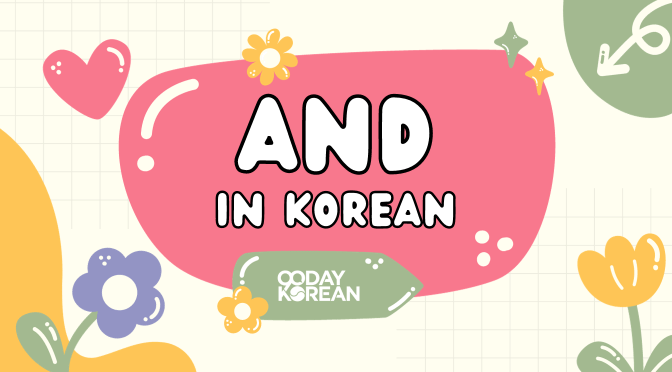
In the case of “and,” it has usages that both correspond to how the English language uses it and also have ways to use it that may not be seen in the English language. After this article, we hope you will have a more comprehensive understanding of the various ways to use and say “and” in Korean.
Let’s go!
Different ways to say “and” in Korean
There are four main ways to say “and” in Korean. We will list each one of them below.
-하고 (hago) and -고 (go)
This is a very standard way of saying “and.” Therefore, you will most commonly hear and see this structure being used. It links two actions (고 | go) or two objects (하고 | hago) together in a sentence. It is especially common to use in spoken language, but it isn’t rare to see in written texts, either.
새 카메라하고 프린터를 사고 싶어요. (sae kamerahago peurinteoreul sago sipeoyo.)
I want to buy a new camera and printer.
나는 비디오 게임을 하고 남자친구는 축구를 해요. (naneun bidio geimeul hago namjachinguneun chukgureul haeyo.)
I play video games, and my boyfriend plays football.
이 신발은 너무 예쁘고 편안해요. (i sinbareun neomu yeppeugo pyeonanhaeyo.)
These shoes are so pretty and comfortable.
그리고 (geurigo)
This structure links two sentences or two nouns together. Depending on the context, 그리고 (geurigo) translates as either “and” or “and then.” In many ways, it is quite identical to -하고.
However, in the case of 그리고 (geurigo), what follows after the word “and” is typically more of an afterthought. So, in a way, 그리고 (geurigo) is linking together two separate sentences, whereas 하고 (hago) links together two or more different things in the same sentence.
먼저 점심을 먹을 거예요. 그리고 영화를 보러 갈 거예요. (meonjeo jeomsimeul meogeul geoyeyo. geurigo yeonghwareul boreo gal geoyeyo.)
First I will eat lunch. And then, I will go watch a movie.
비빔밥, 불고기, 그리고 떡갈비 먹고 싶어요. (bibimbap, bulgogi, geurigo tteokgalbi meokgo sipeoyo.)
I want to eat bibimbap, bulgogi, and tteokgalbi.
(이)랑 (irang)
Here -랑 (rang) is added after vowels, while -이랑 (irang) is added after a consonant. While it is not regarded as informal as such, it is incredibly casual and almost solely used in spoken Korean. In English, this may even be better translated as “with” rather than “and.”
It also has some other applicable translations that may be used. If there is more than one object mentioned in the sentence, you can attach -(이)랑 to each of them rather than just the first one.
오늘 친구랑 영화를 보고 쇼핑했어요. (oneul chingurang yeonghwareul bogo syopinghaesseoyo.)
Today I watched a movie and shopped with a friend.
나는 여자친구랑 밥을 먹었어. (naneun yeojachingurang babeul meogeosseo.)
I had a meal with my girlfriend.
배고파서 김밥이랑 떡볶이를 먹었어요. (baegopaseo gimbabirang tteokbokkireul meogeosseoyo.)
I was hungry, so I ate kimbab and tteokbokki.
-와 (wa) and -과 (gwa)
Of all the options, these are the ones to use in formal situations, specifically added after a noun. It cannot be used after a sequence of objects; there can be only two nouns in the sentence. -와 (wa) is added after a noun ending in a vocal, and -과 (gwa) is added after a noun ending in a consonant.
This is a common way to use “and” in written Korean. It also works great in professional situations. However, this is usually avoided in spoken Korean.
Just like with the other options on this list, -와 (wa)/-과 (gwa) can also be used for other meanings, at least in how the word translates to other languages in context. For example, it can be used to state that something is different “from” another thing. It can also be translated as “with” or even “as”.
결정을 내리기 전에 어머니와 이야기를 해봐야 해요. (gyeoljeongeul naerigi jeone eomeoniwa iyagireul haebwaya haeyo.)
I’ll have to talk with my mother before I make a decision.
미식축구와 축구는 매우 달라요. (misikchukguwa chukguneun maeu dallayo.)
American football is very different from football.
내 대답은 어제와 같아. (nae daedabeun eojewa gata.)
My answer is the same as yesterday.
제일 좋아하는 음식은 피자와 스시예요. (jeil joahaneun eumsigeun pijawa seusiyeyo.)
My favorite foods are pizza and sushi.
“And” as a Korean particle
To summarize, “and” is largely used as a particle in the Korean language. -과 (gwa)/-와 (wa), -(이)랑 (irang), and -하고 (hago) all serve as the particle “and,” as well as the particle “with.” We have an article on Korean particles, where we give some supporting information on this topic.
“And” as a Korean conjunction
As you may have noticed above, “and” also doubles as a conjunction in the Korean language. As such, it is not only -과 (gwa)/-와 (wa), -(이)랑 (irang), and -하고 (hago) that work as conjunctions, but 그리고 (geurigo) and -고 (go) as well. Here, it connects sentences and phrases together. We have an article on the topic, if you would like to get more familiar with Korean conjunctions.
Wrap Up
Now, do you believe you can handle the word “and” in Korean? We think you’ll be able to! As you can see, it operates quite similarly as it does in other languages, especially as a conjunction.
Understanding how the Korean words for “and” also operate as particles and other words may be trickier, but after this lesson, you’ll know a little better. And if you feel ready, you can start making sample sentences below in the comments! Next up, how about learning how to say “of course?”
The post “And” in Korean – Using it as a particle and conjunction appeared first on 90 Day Korean.



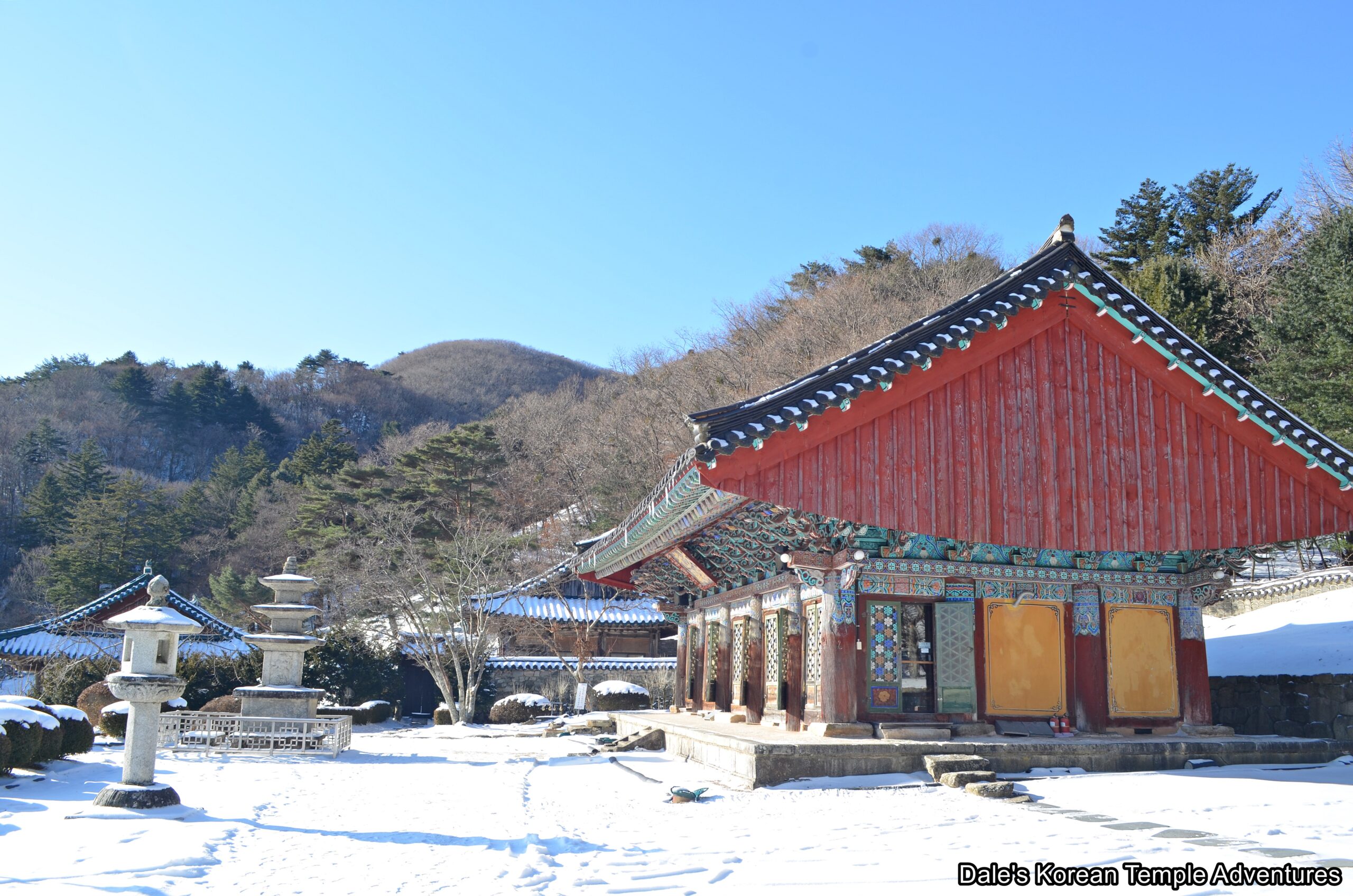
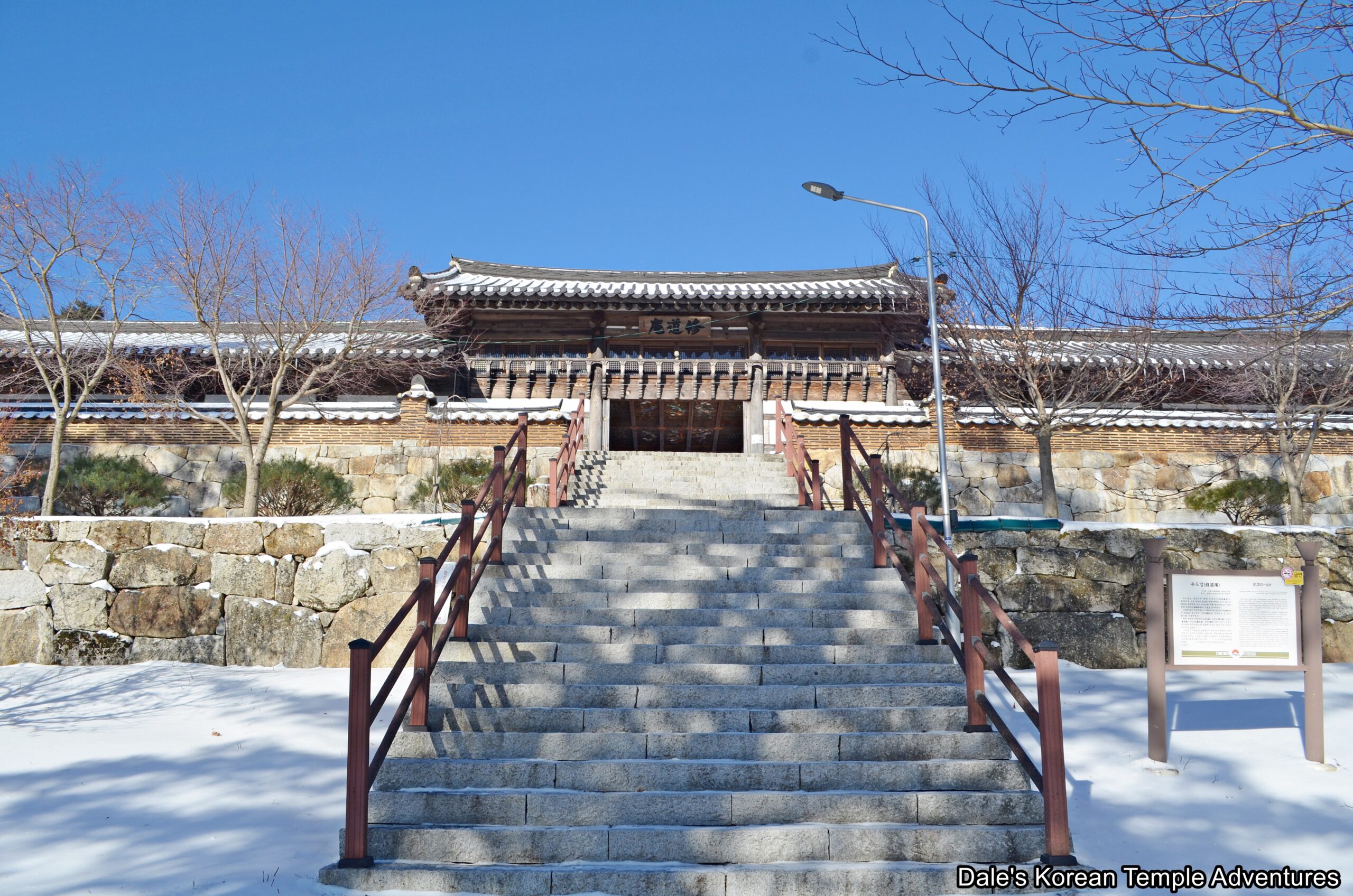
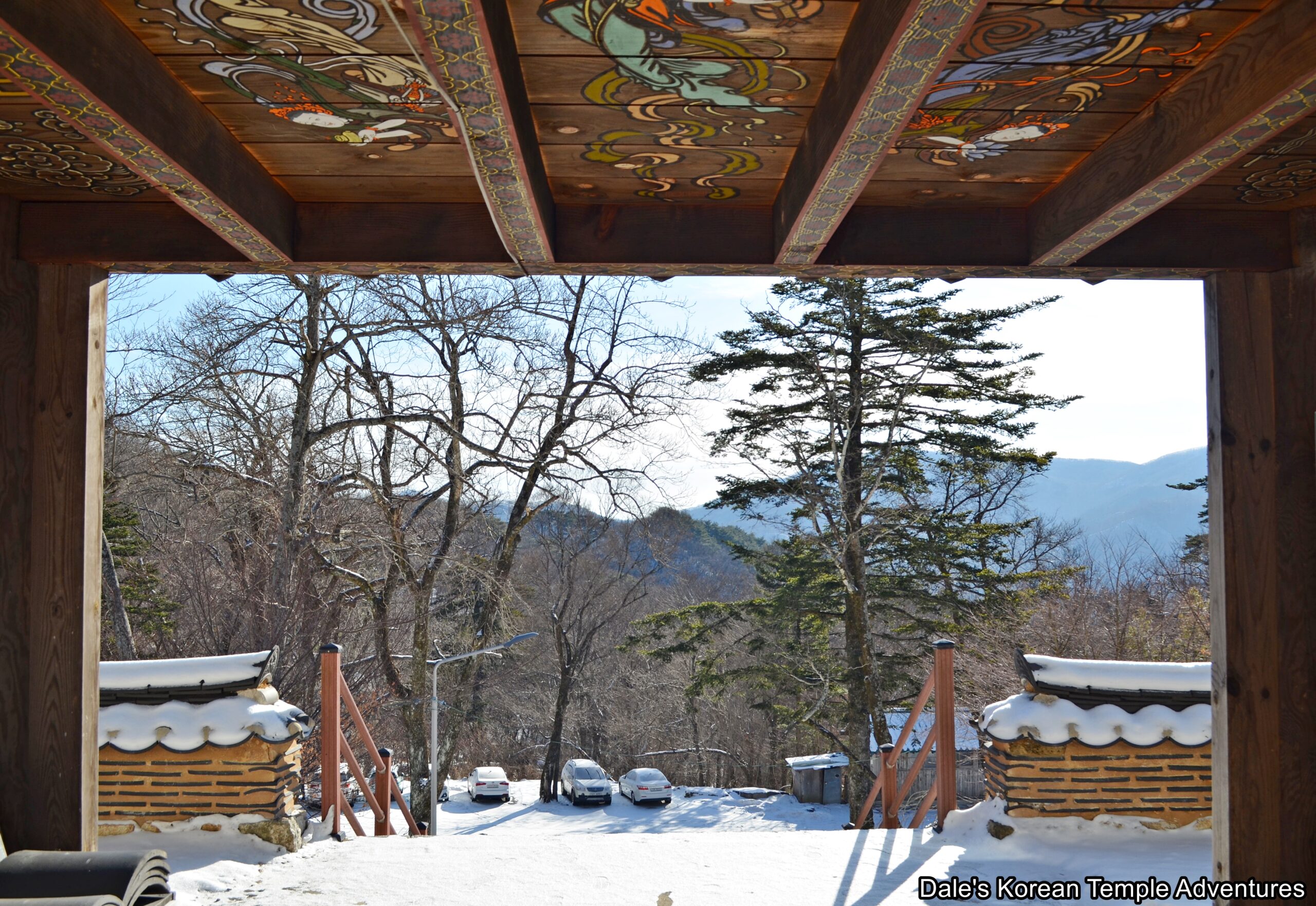
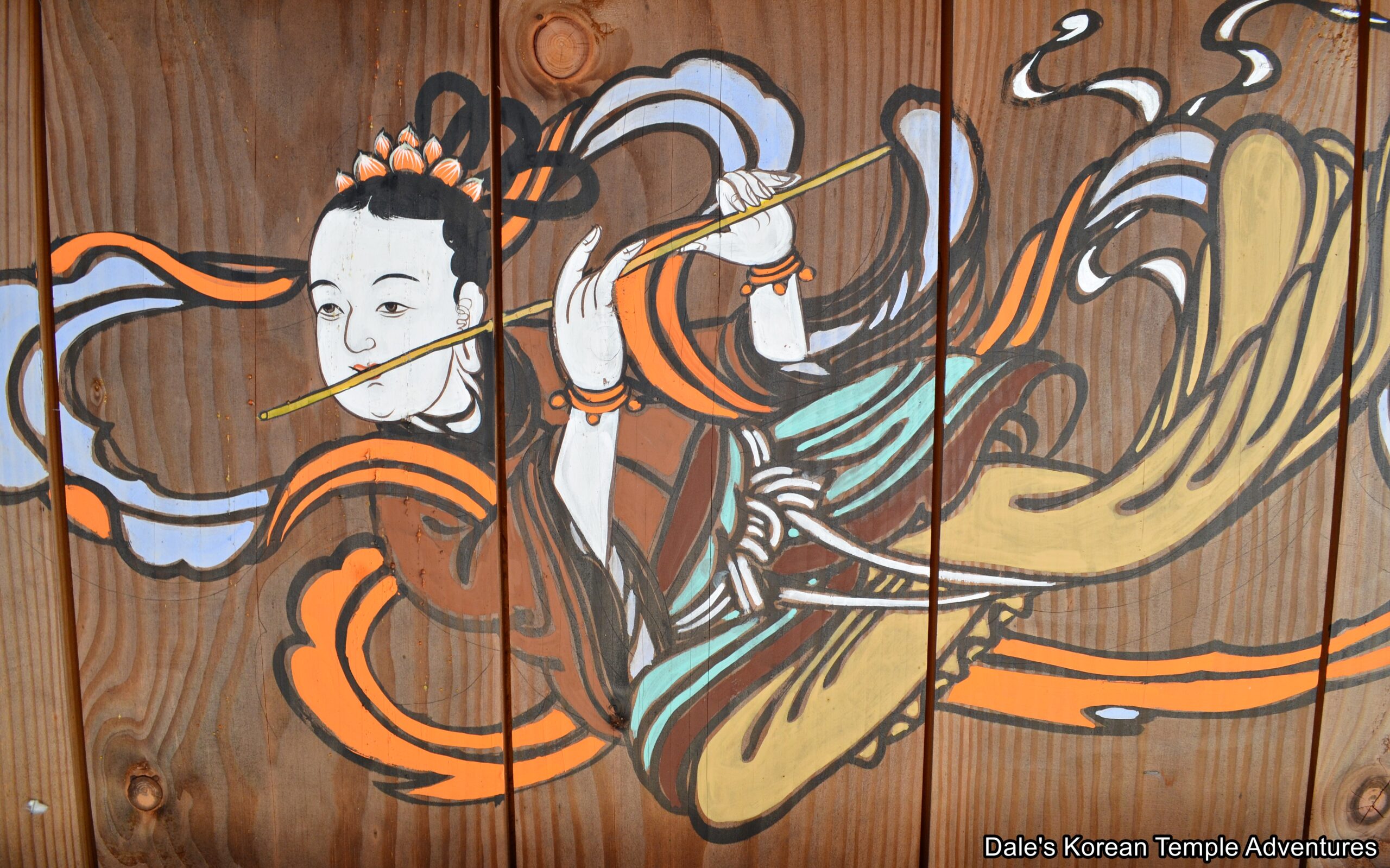
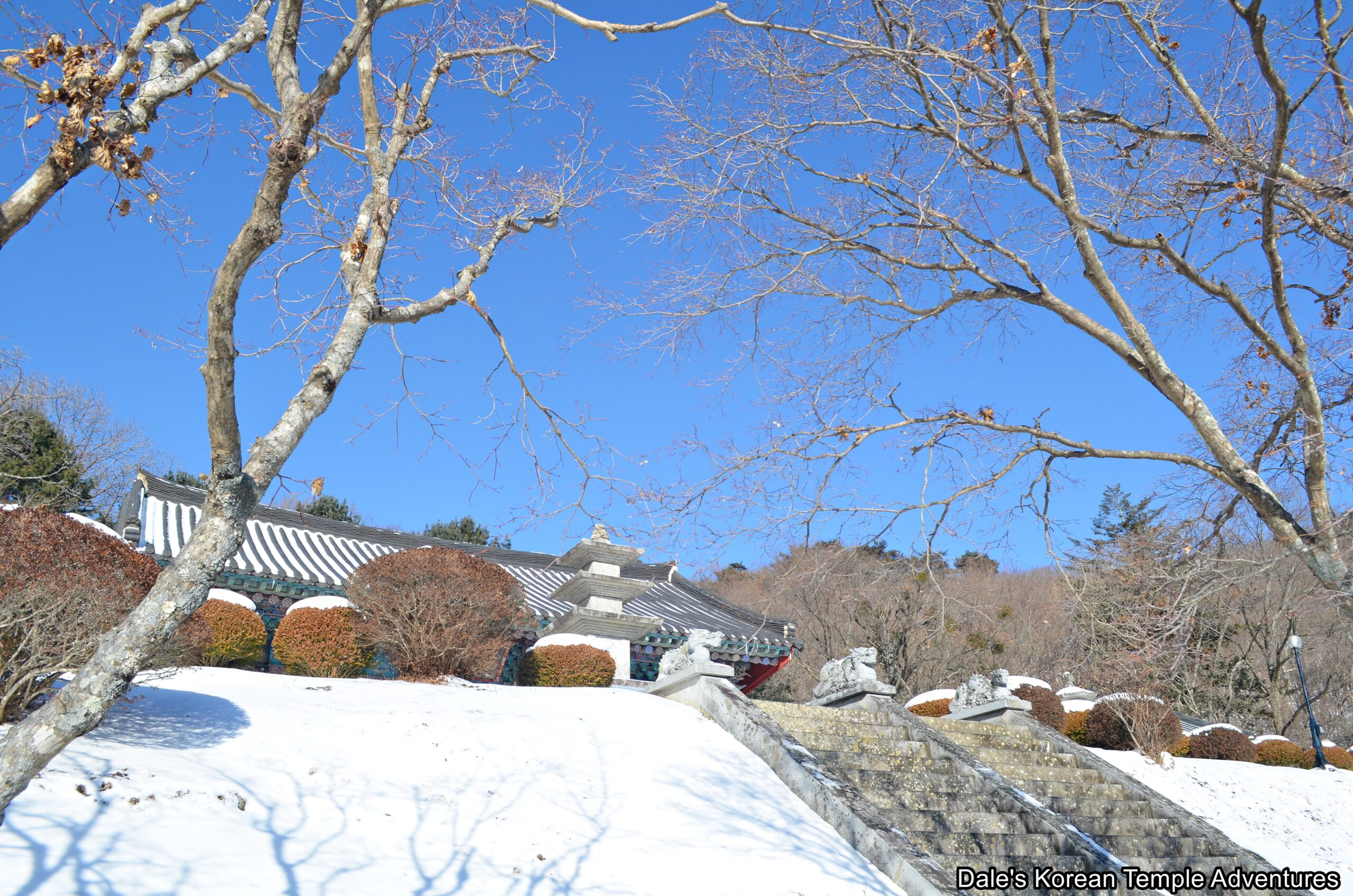
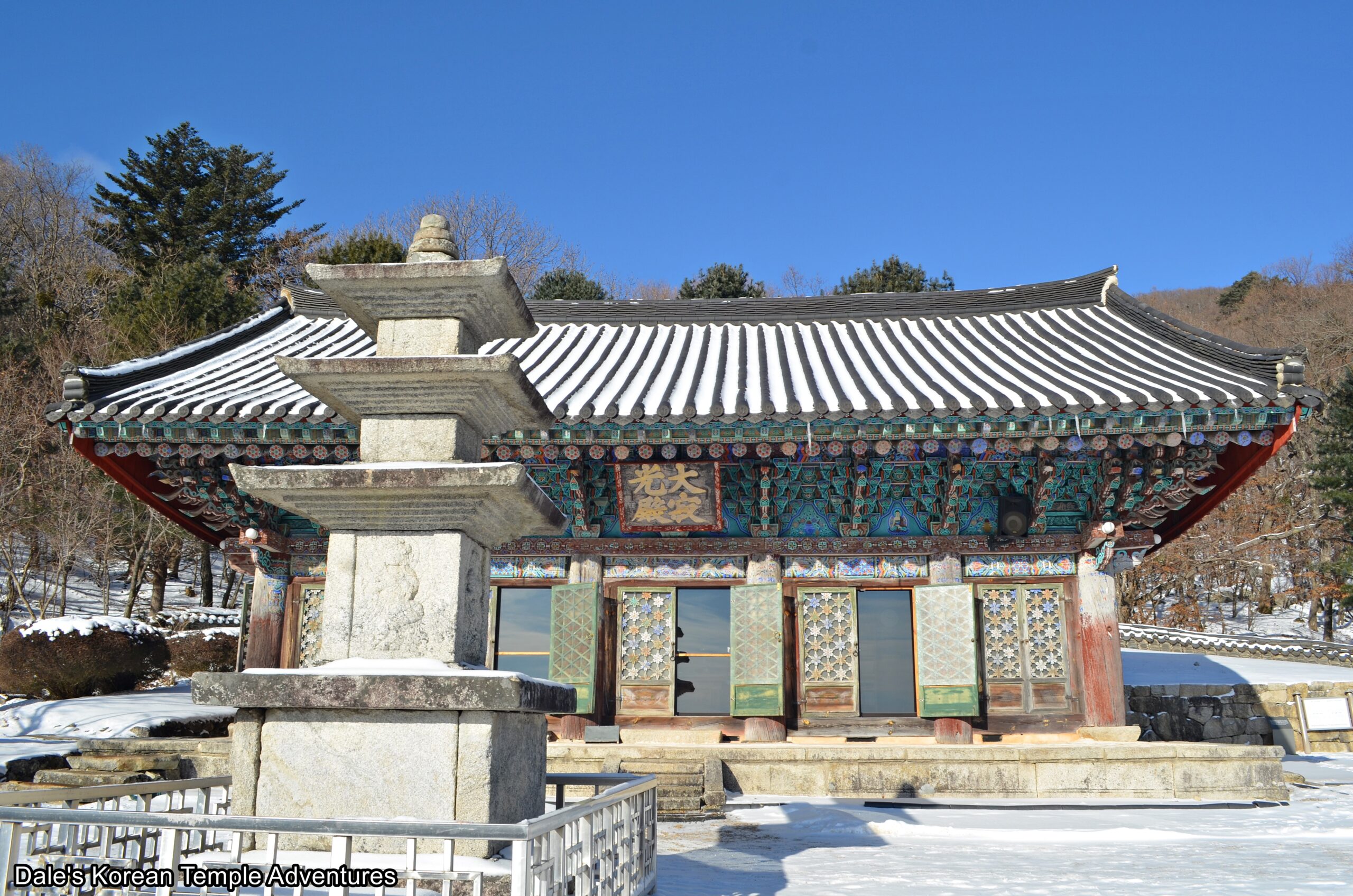
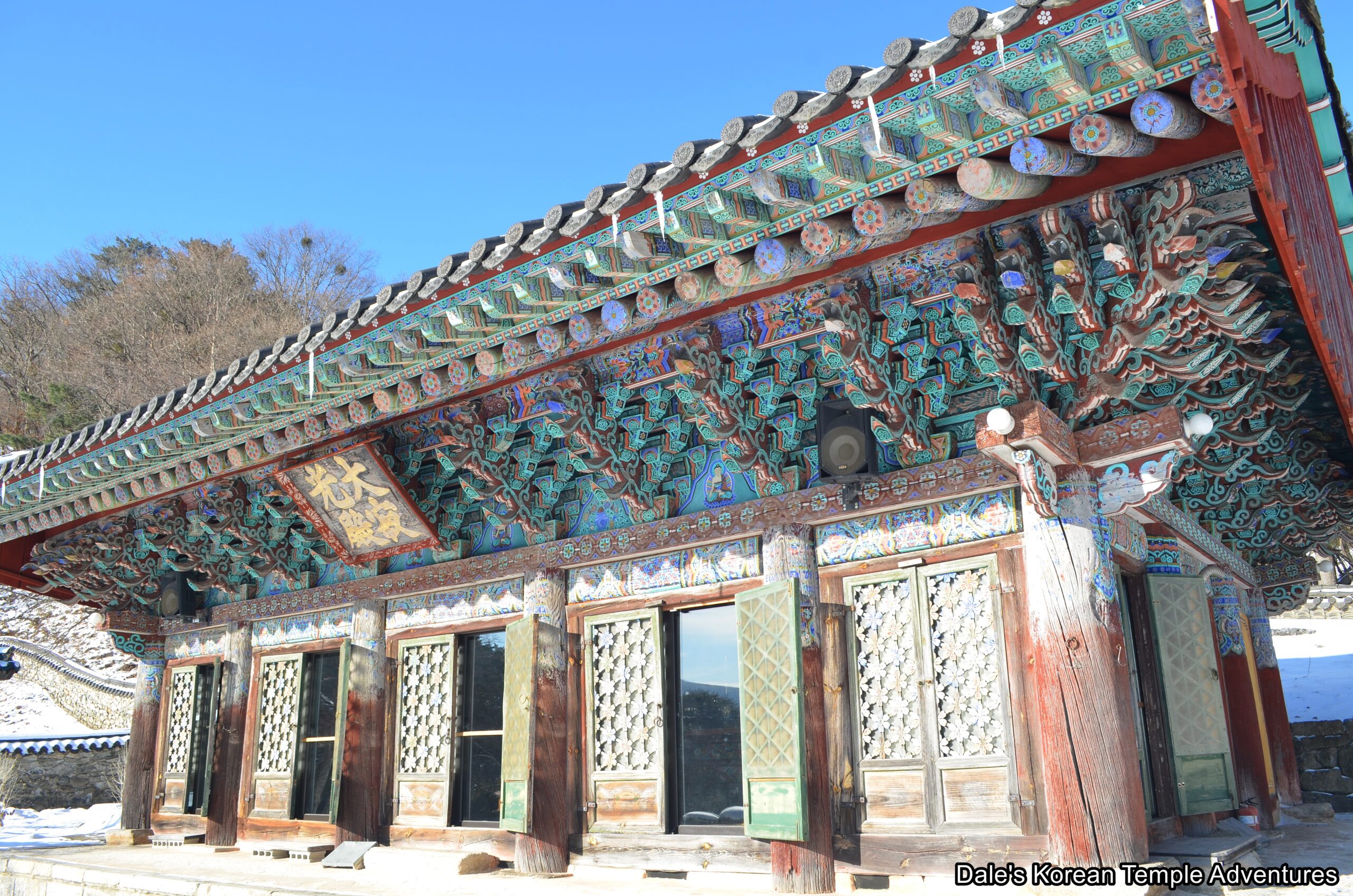
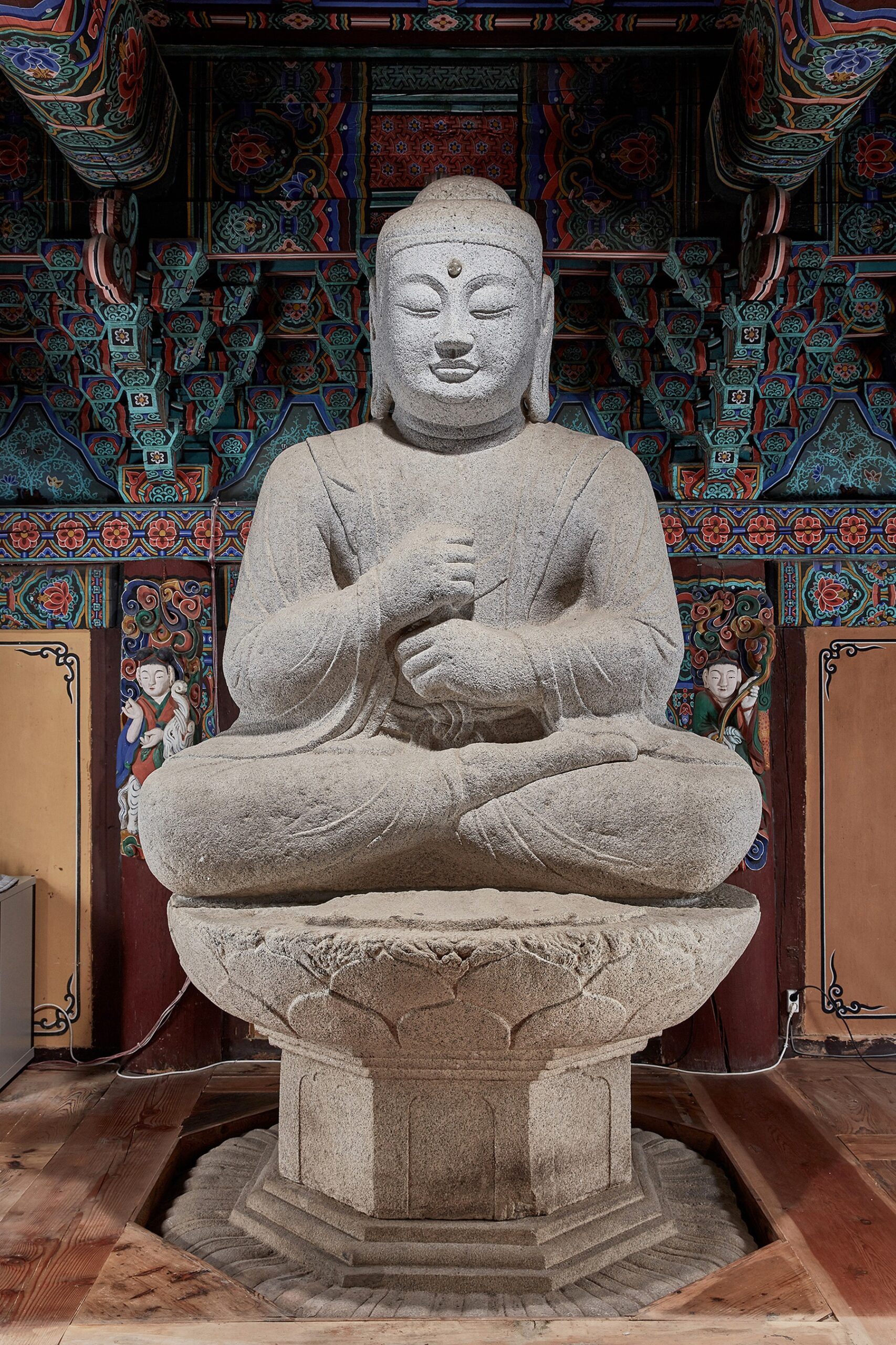
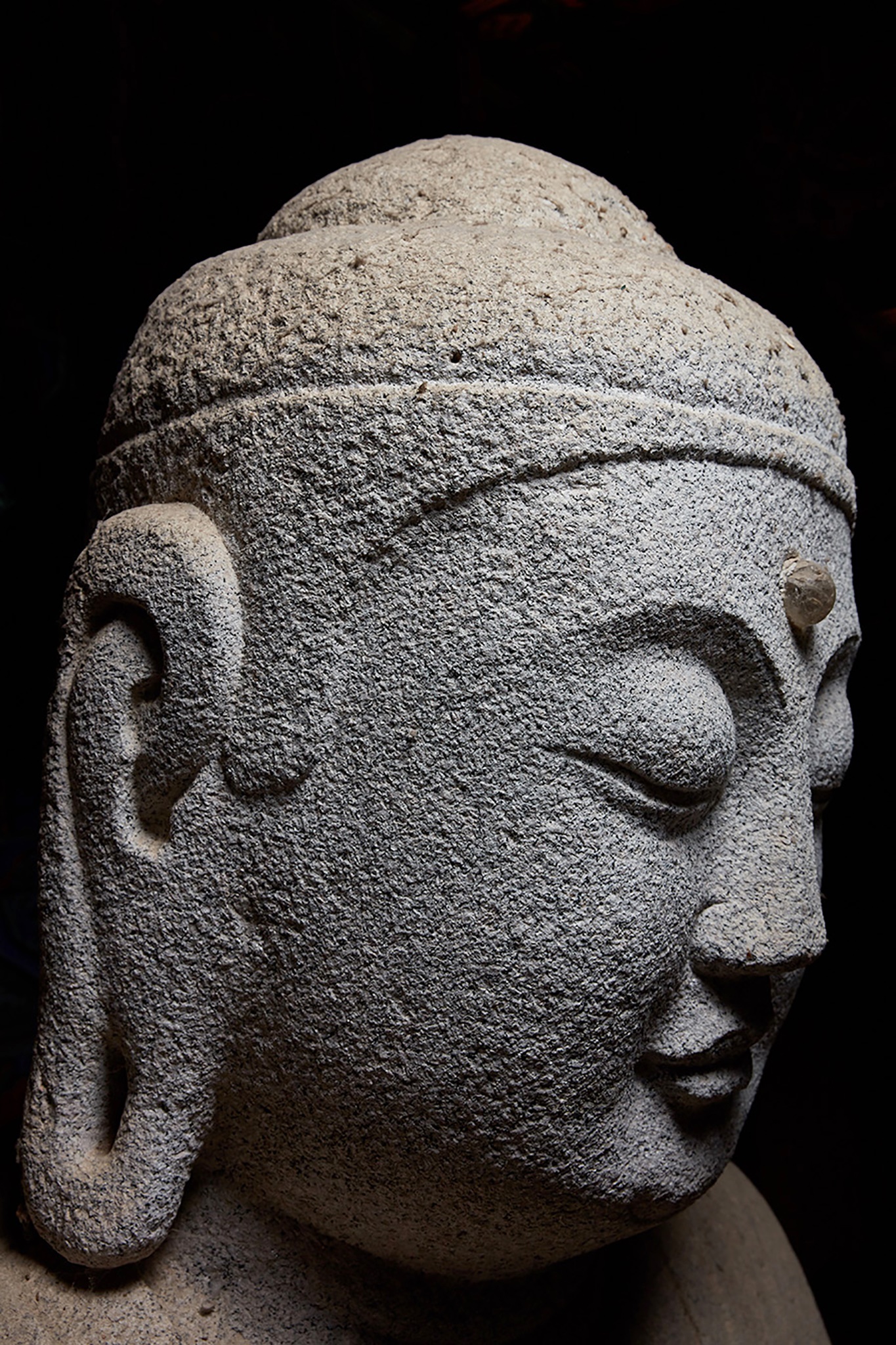
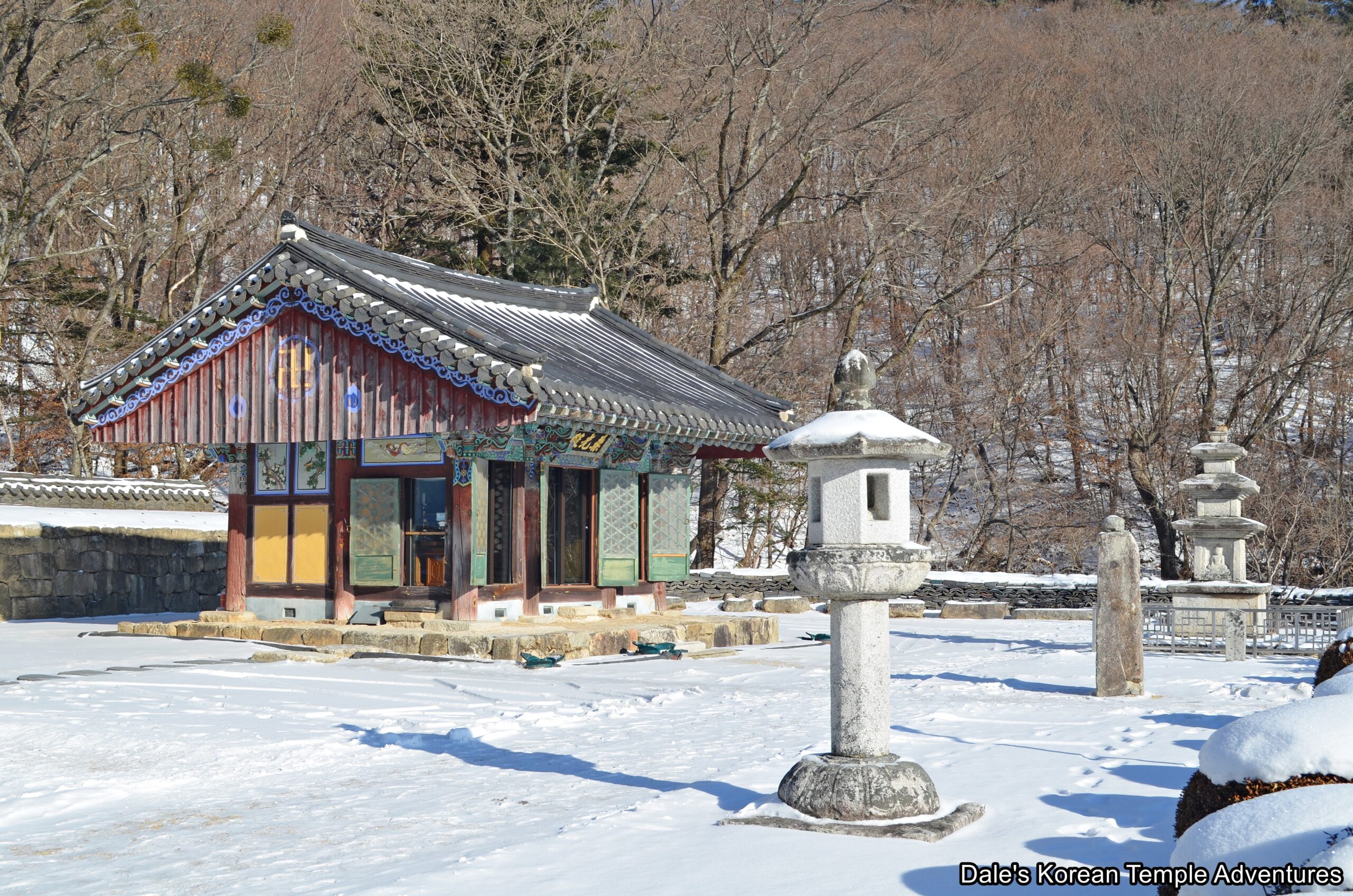
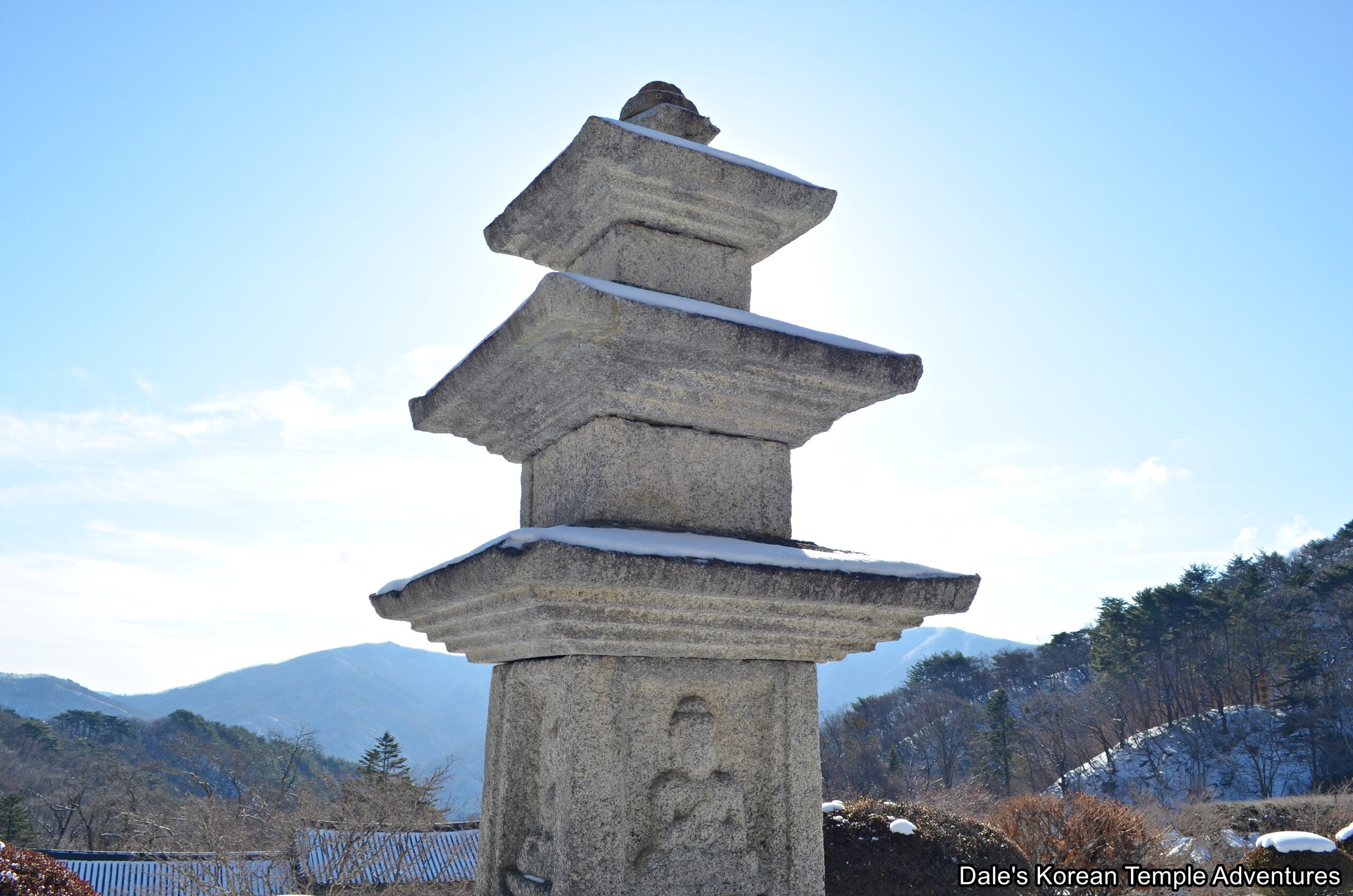
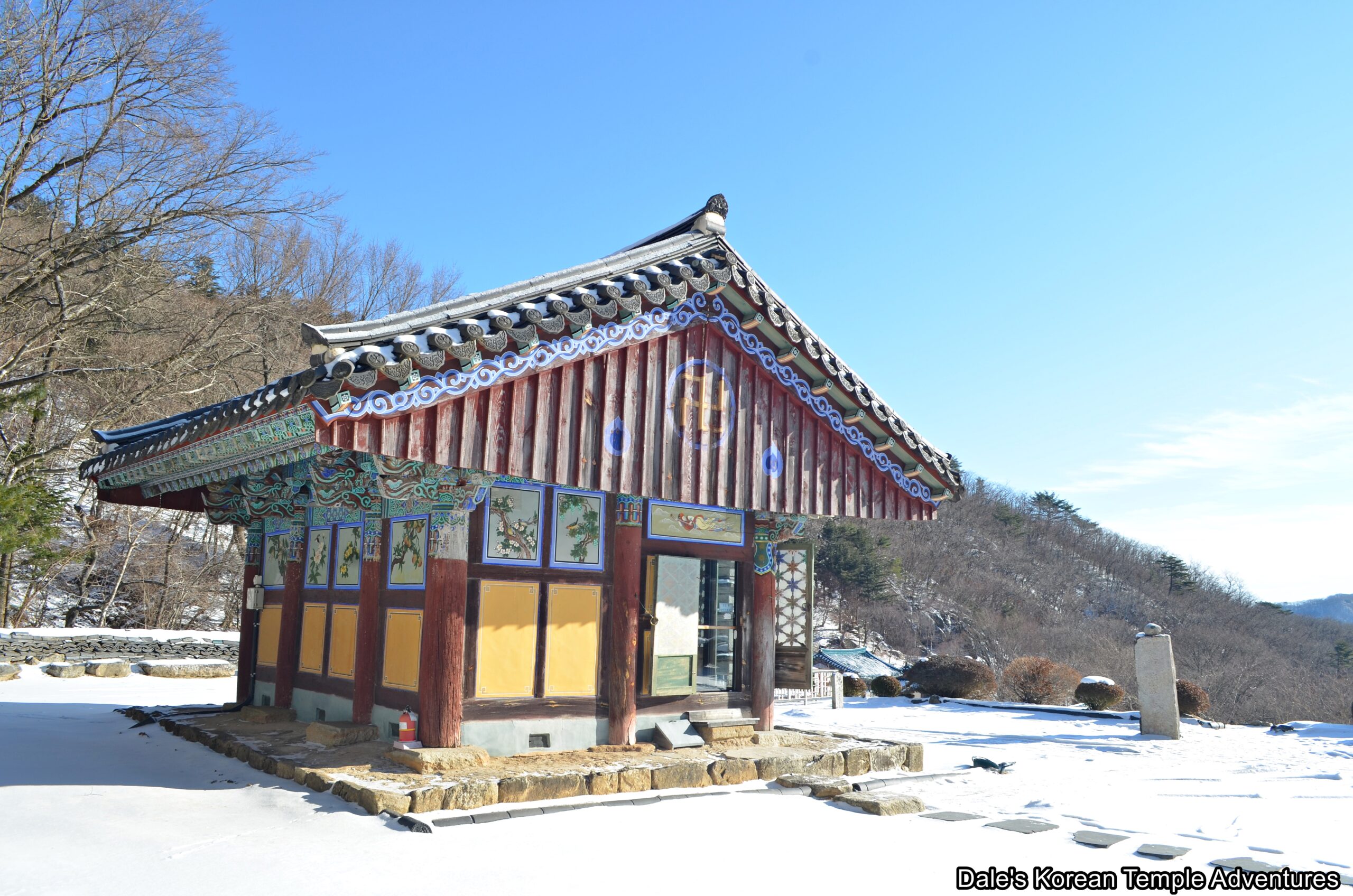
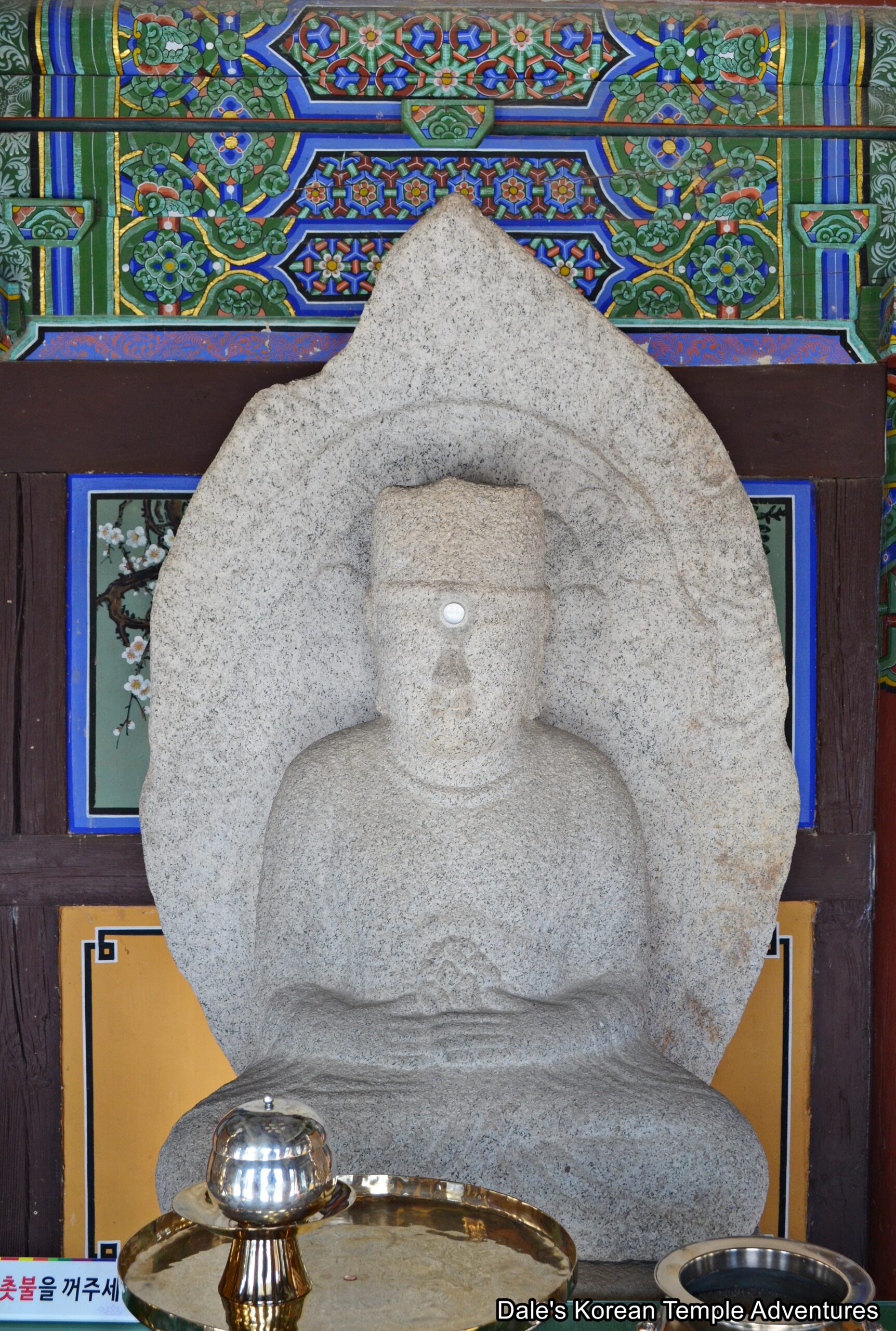
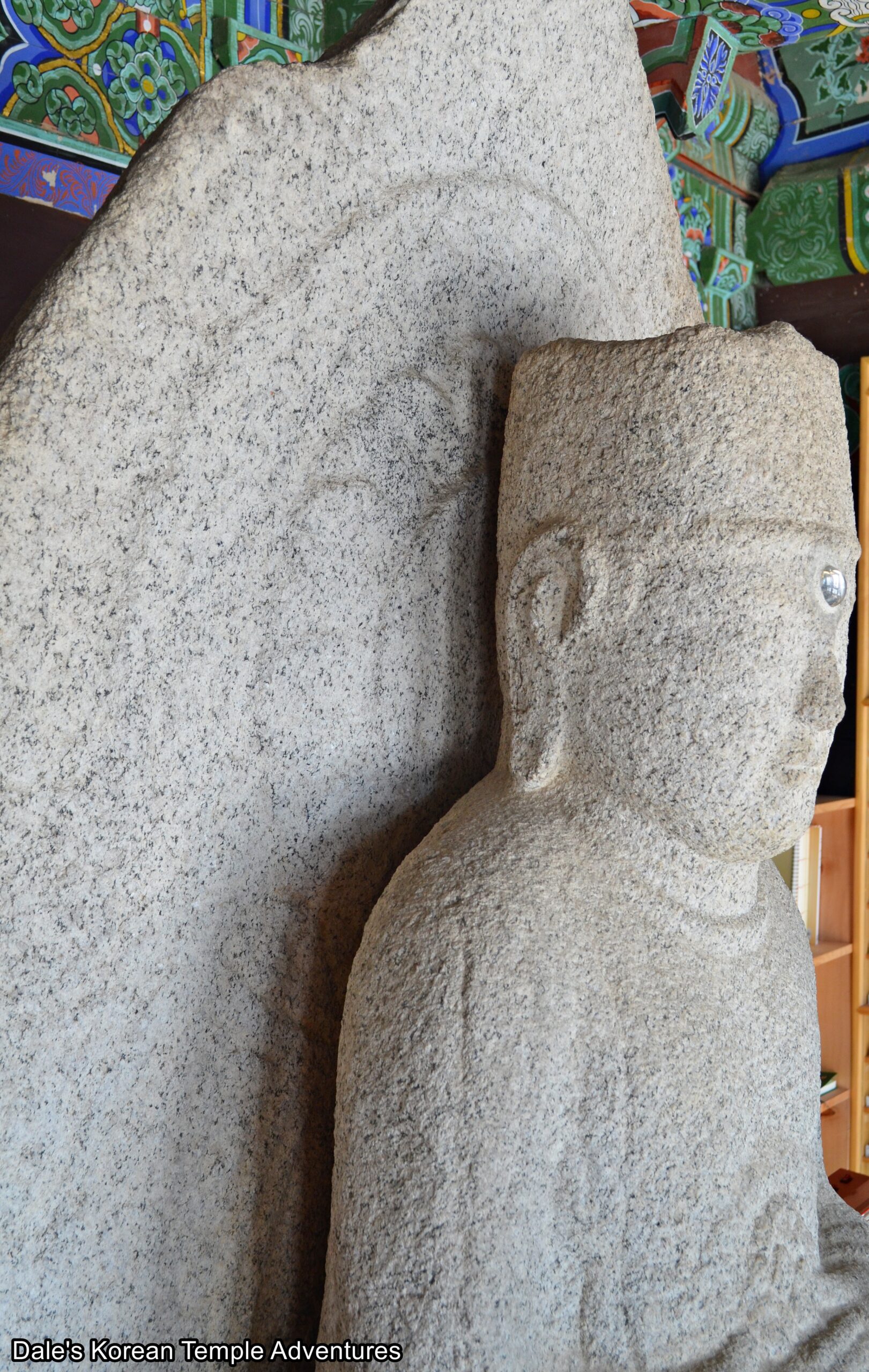
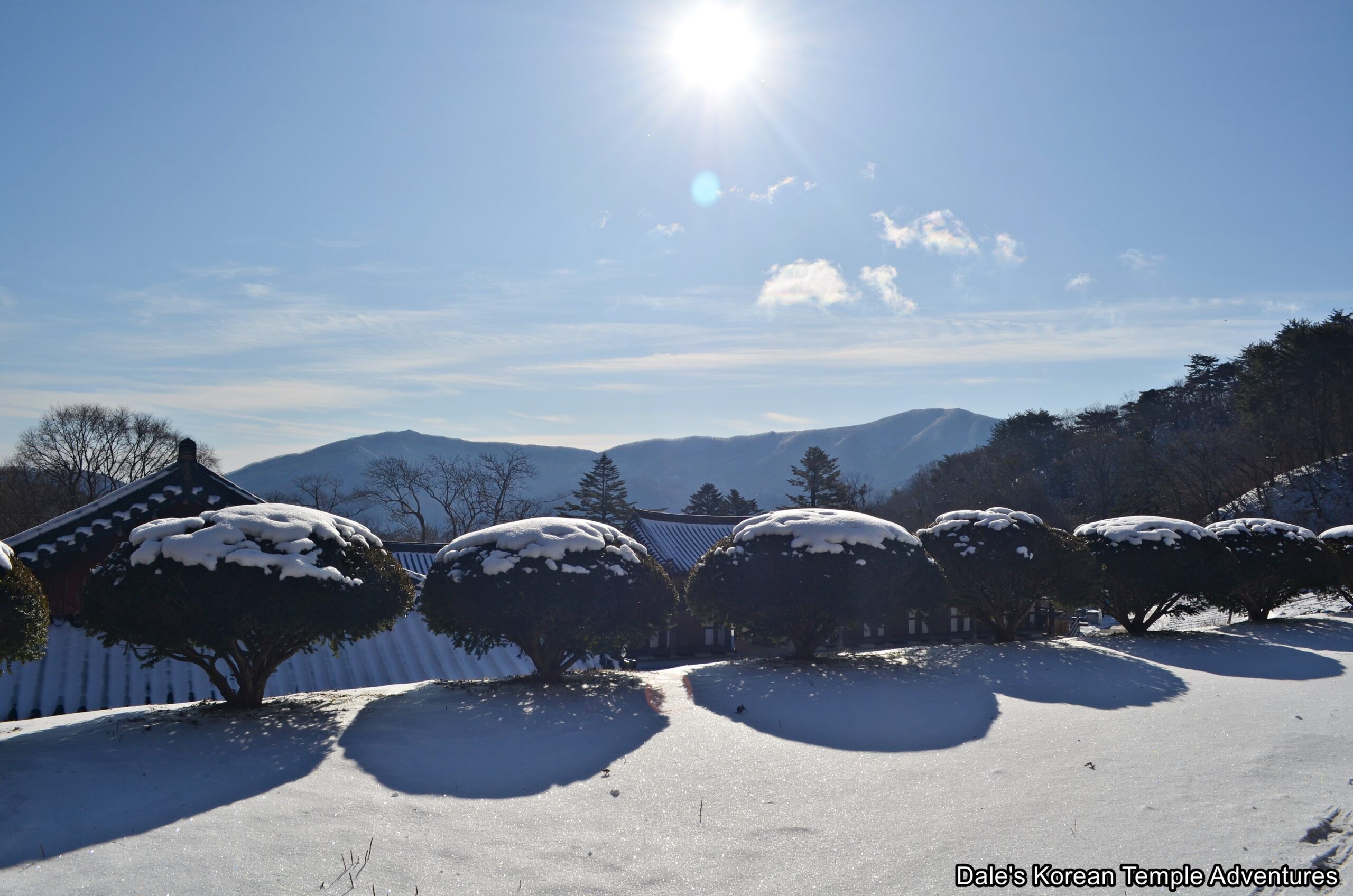
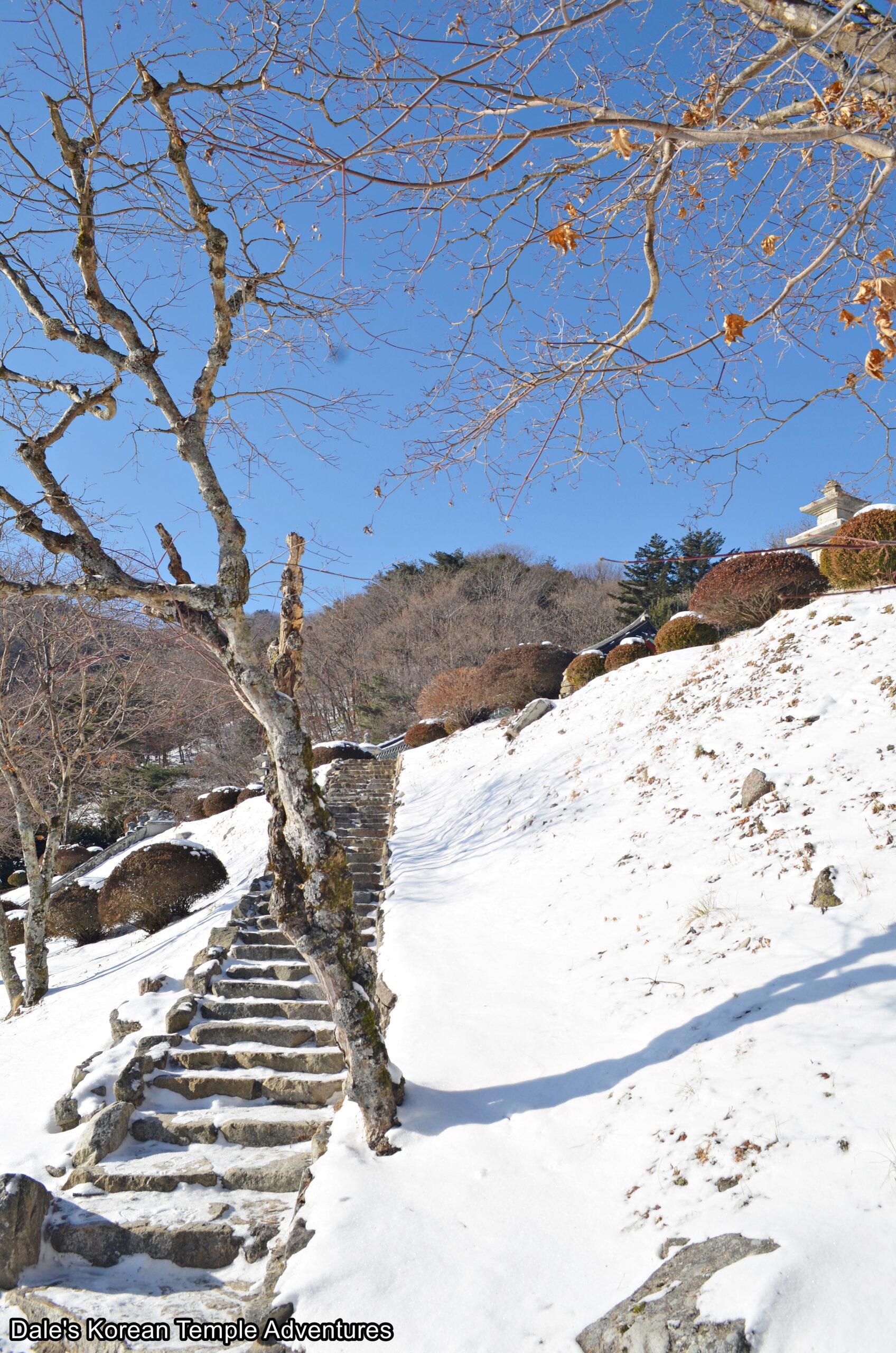
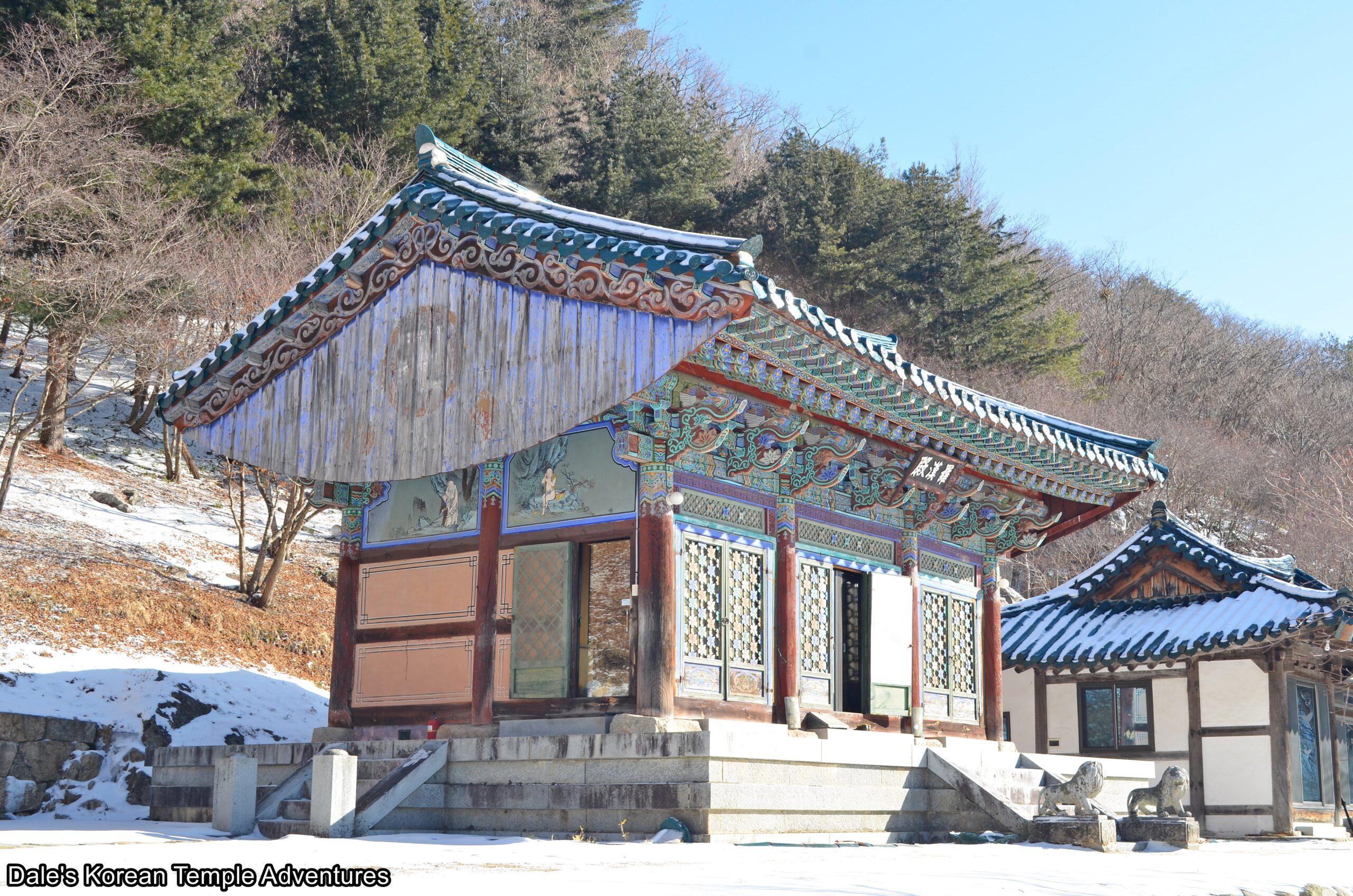










 Learn to read Korean and be having simple conversations, taking taxis and ordering in Korean within a week with our FREE Hangeul Hacks series:
Learn to read Korean and be having simple conversations, taking taxis and ordering in Korean within a week with our FREE Hangeul Hacks series: 







 #PhotographyJourney #NewYearUpdate #SajinPhotographyBlog
#PhotographyJourney #NewYearUpdate #SajinPhotographyBlog
Recent comments